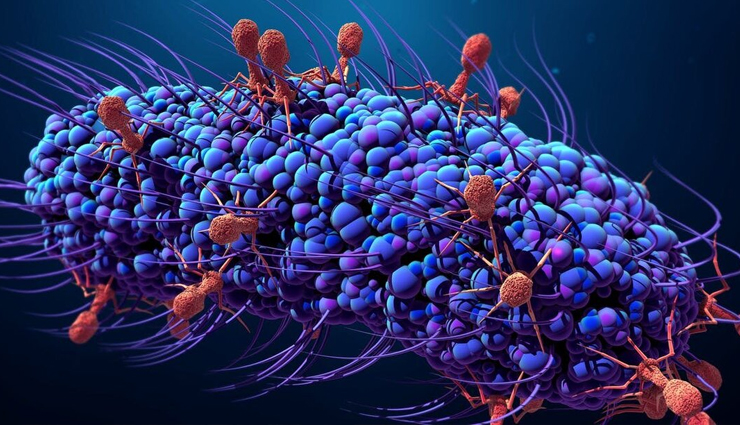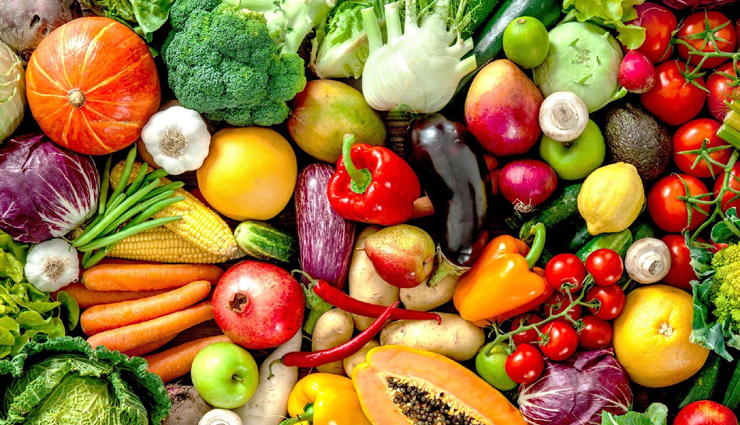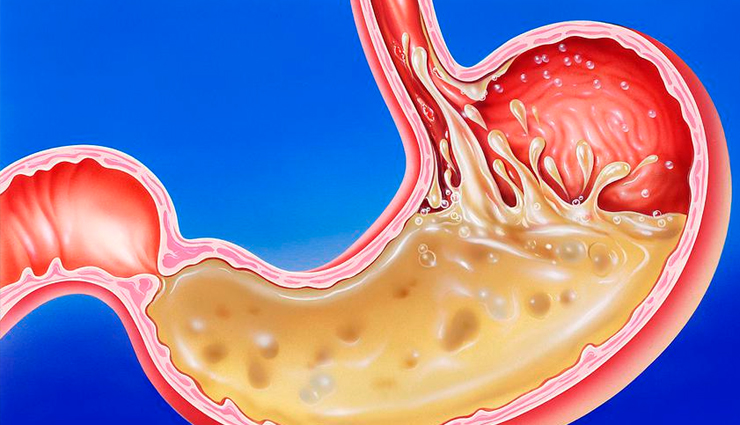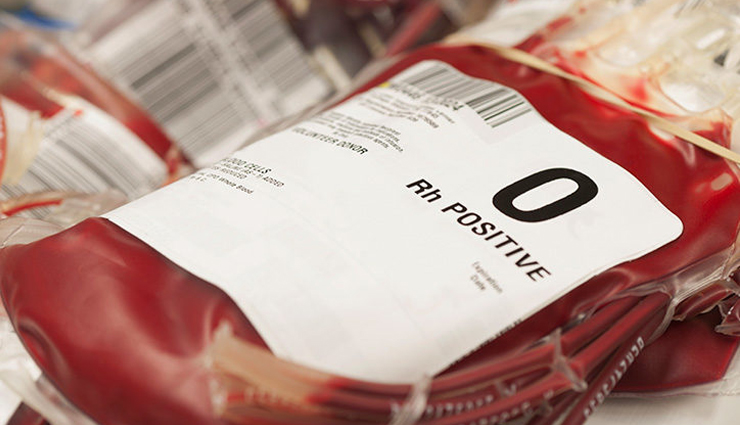- Home›
- Healthy Living›
- Major Causes And Symptoms Of Cholera Disease
Major Causes And Symptoms Of Cholera Disease
By: Priyanka Fri, 22 Jan 2021 4:49:19

Cholera is an acute, diarrheal illness caused by infection of the intestine with the toxigenic bacterium Vibrio cholerae serogroup O1 or O139. An estimated 2.9 million cases and 95,000 deaths occur each year around the world. The infection is often mild or without symptoms, but can be severe. Approximately 1 in 10 people who get sick with cholera will develop severe symptoms such as watery diarrhea, vomiting, and leg cramps. In these people, rapid loss of body fluids leads to dehydration and shock. Without treatment, death can occur within hours.

Symptoms of cholera infection can include:
Diarrhea
Cholera-related diarrhea comes on suddenly and can quickly cause dangerous fluid loss — as much as a quart (about 1 liter) an hour. Diarrhea due to cholera often has a pale, milky appearance that resembles water in which rice has been rinsed.

Nausea and vomiting
Vomiting occurs especially in the early stages of cholera and can last for hours. Dehydration. Dehydration can develop within hours after cholera symptoms start and range from mild to severe. A loss of 10% or more of body weight indicates severe dehydration.
Signs and symptoms of cholera dehydration include irritability, fatigue, sunken eyes, a dry mouth, extreme thirst, dry and shriveled skin that's slow to bounce back when pinched into a fold, little or no urinating, low blood pressure, and an irregular heartbeat.

How does a person get cholera?
A person can get cholera by drinking water or eating food contaminated with cholera bacteria. In an epidemic, the source of the contamination is usually the feces of an infected person that contaminates water or food. The disease can spread rapidly in areas with inadequate treatment of sewage and drinking water. The infection is not likely to spread directly from one person to another; therefore, casual contact with an infected person is not a risk factor for becoming ill.

Causes
Contaminated water supplies are the main source of cholera infection. The bacterium can be found in:
Surface or well water
Contaminated public wells are frequent sources of large-scale cholera outbreaks. People living in crowded conditions without adequate sanitation are especially at risk.
Seafood
Eating raw or undercooked seafood, especially shellfish, that comes from certain places can expose you to cholera bacteria. Most recent cases of cholera in the United States have been traced to seafood from the Gulf of Mexico.

Raw fruits and vegetables
Raw, unpeeled fruits and vegetables are a frequent source of cholera infection in areas where there's cholera. In developing countries, uncomposted manure fertilizers or irrigation water containing raw sewage can contaminate produce in the field.
Grains
In regions where cholera is widespread, grains such as rice and millet that are contaminated after cooking and kept at room temperature for several hours can grow cholera bacteria.

How long after infection do the symptoms appear?
It usually takes 2-3 days for symptoms to appear after a person ingests cholera bacteria, but the time can range from a few hours to 5 days.
Risk factors for cholera include:
Poor sanitary conditions
Cholera is more likely to flourish in situations where a sanitary environment - including a safe water supply - is difficult to maintain. Such conditions are common to refugee camps, impoverished countries, and areas afflicted by famine, war or natural disasters.

Reduced or nonexistent stomach acid
Cholera bacteria can't survive in an acidic environment, and ordinary stomach acid often serves as a defense against infection. But people with low levels of stomach acid — such as children, older adults, and people who take antacids, H-2 blockers or proton pump inhibitors - lack this protection, so they're at greater risk of cholera.
Household exposure
You're at increased risk of cholera if you live with someone who has the disease.

Type O blood
For reasons that aren't entirely clear, people with type O blood are twice as likely to develop cholera compared with people with other blood types.
Raw or undercooked shellfish
Although industrialized nations no longer have large-scale cholera outbreaks, eating shellfish from waters known to harbor the bacteria greatly increases your risk.





-1713979511-lb.jpg)